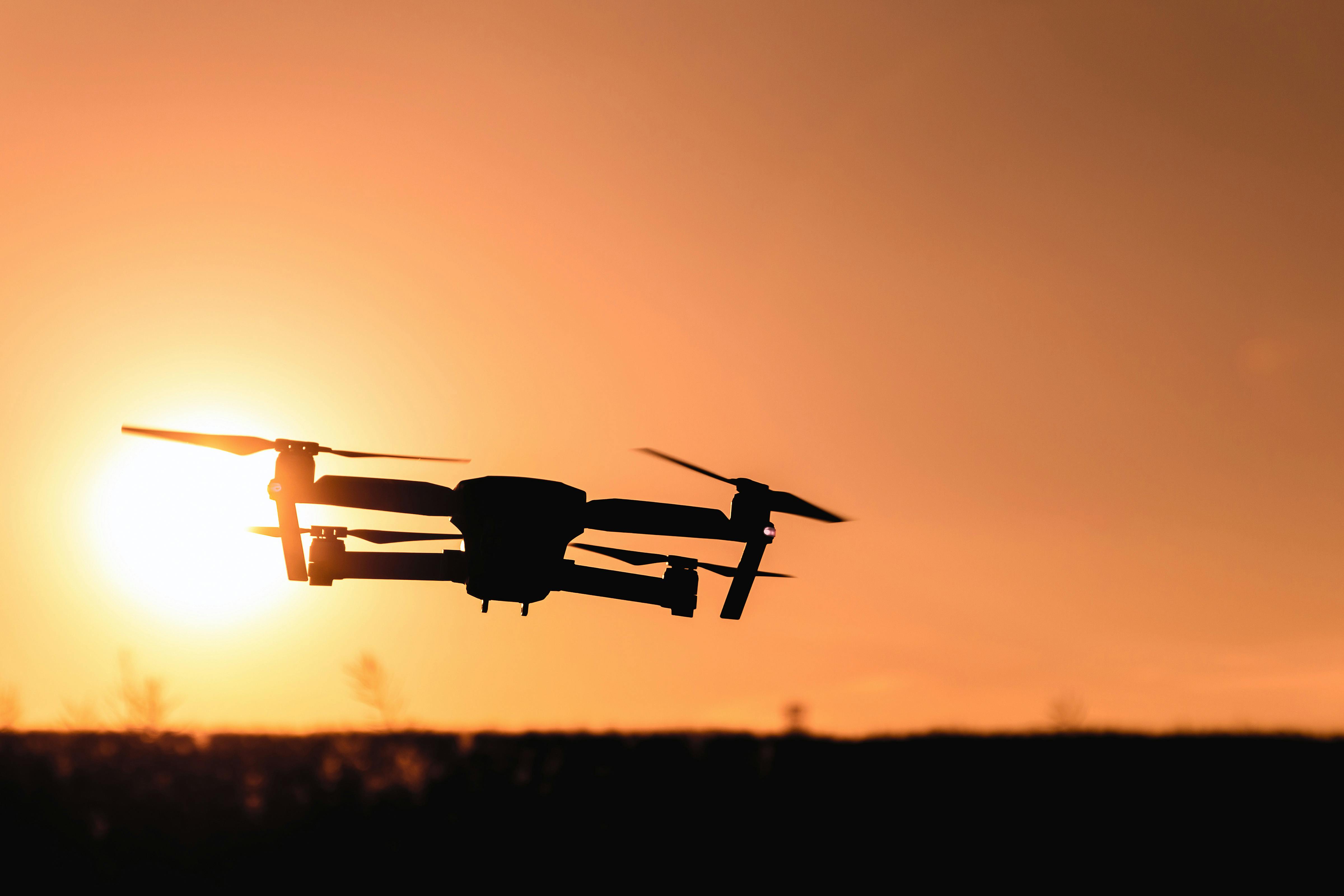The Innovative World of Telecommunication Drones: A New Era for Connectivity
Have you ever wondered how drones could affect your internet connectivity? If not, you should. Telecommunication drones are set to revolutionize the way we connect, and their impact can be far-reaching. Telecommunication drones, also known as aerial telecommunications, are unmanned aerial vehicles (UAVs) equipped with equipment to provide wireless network connectivity. This concept isn't new, but the rapid advancements in drone technology in the past decade have brought this idea closer to reality. One of the earliest uses of drones for communication purposes was during World War II, where they were used for surveillance and communication between troops. Today, telecommunication drones are being developed to provide high-speed internet services in remote areas, during natural disasters, or at large events where ground-based networks may be overloaded.

Current Industry Trends and Regulatory Changes
The market for telecommunication drones is expected to grow exponentially in the coming years, driven by increasing demand for high-speed connectivity and the need for efficient communication during disasters. Major tech companies are investing heavily in this technology, foreseeing its potential to transform the telecom industry. However, the use of drones for telecommunications has raised regulatory concerns, primarily around safety and privacy. Regulatory bodies worldwide are working to establish guidelines that balance innovation with safety and privacy.
Telecommunication Drones: Impact, Challenges, and Practical Applications
Telecommunication drones have the potential to provide an alternative solution for connectivity in areas where traditional infrastructure is lacking or damaged. They could be deployed quickly to provide temporary network coverage during natural disasters or in remote locations. However, challenges remain in terms of battery life, weather conditions, and regulatory compliance.
In practical terms, telecommunication drones could support various public safety applications, such as disaster recovery and emergency response. They could also be used to deliver high-speed internet services during large public events, where traditional networks may struggle with the demand.
Grounded Research and Expert Insights
Research conducted by leading tech companies and academic institutions supports the viability of telecommunication drones. Studies show that drones can efficiently provide wireless network connectivity, outperforming traditional ground-based networks in some scenarios. However, further research is needed to address the challenges associated with their widespread deployment.
Making Complex Topics Engaging and Digestible
Understanding the technical aspects of telecommunication drones can be challenging, especially for non-technical readers. However, the key is to focus on their practical benefits - improved connectivity, faster disaster response times, and enhanced public safety. In other words, telecommunication drones could help us stay connected when it matters most.
In conclusion, while telecommunication drones present promising opportunities, they also pose significant challenges. It is the balancing act between these potential benefits and challenges that will shape the future of this innovative technology.




